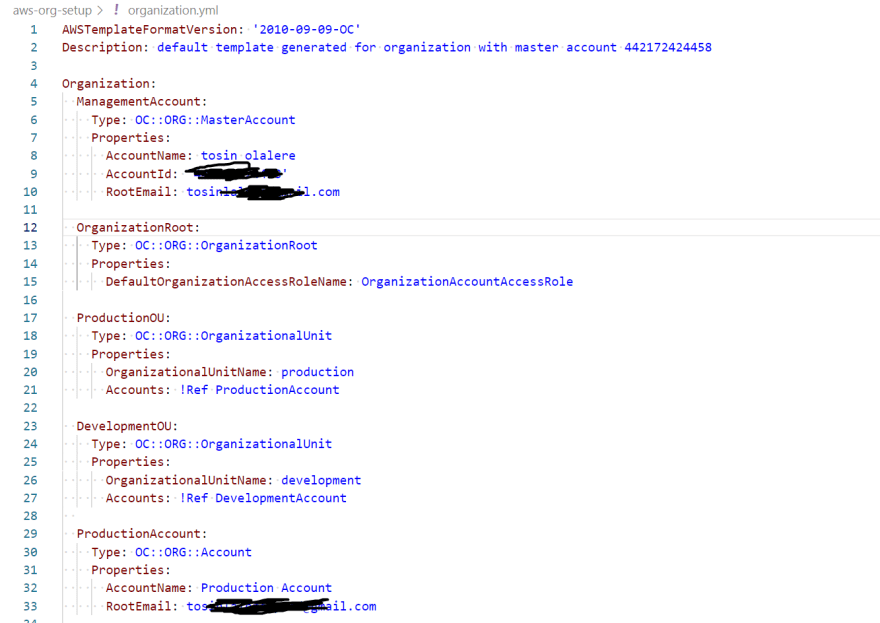TL:DR - This article is part of a series of articles that focus on my learning points from working on 'A Cloud Resume Challenge' by Forrest Brazeal. A multi-faceted projects for building competency as a cloud engineer. This first part is about setting up AWS accounts using cloudFormation templates.
Introduction
The end product of the Challenge is your resume presented as a website accessible by any one on the internet. In essence, your resume lives in the cloud.
I chose to use the AWS edition of the challenge(There's the Azure edition and also the Google edition). I already have experience working with AWS and thought it will be a good way to get more experience with AWS services.
Setting up AWS accounts
- In typical work scenarios, you'll have several work environments, e.g. dev, QA, SIT, prod environments
- The recommended best practice is to create separate AWS accounts for the different environments. This way, you create separate of concerns and reduce the blast radius of changes you make.
Also, you can simply delete an AWS account once done with it to prevent inadvertently accruing costs for resources that are no longer needed.
In this project, I used org-formation template to easily set up AWS organization and AWS accounts within organization units. (This article explains the advantage of using templates to quickly create accounts with cloudFormation templates)

Screenshot of CloudFormation template for creating AWS organization, OU, and accounts.
In part 2 of this series, I'll focus on setting up a stati website on S3 and importing infrastructure created in the AWS console into Terraform management. Its the DevOps way, so we have to get started with automation.


Top comments (0)